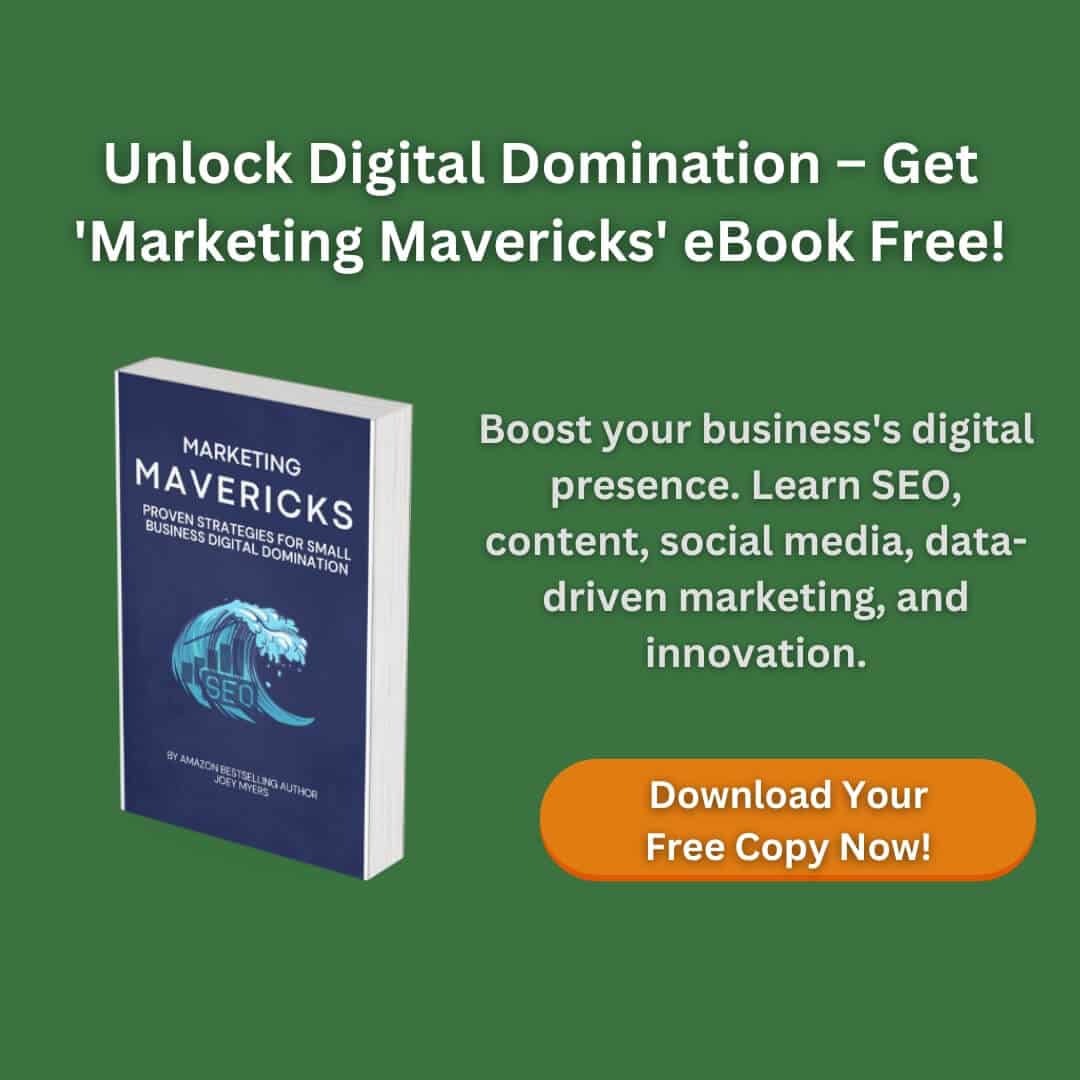Forget Keywords: How Advanced SEO Strategies Can Drive Conversions Without Them
In today’s digital world, conversion-focused content marketing is a key strategy for businesses to boost their ROI. By using advanced SEO tactics, marketers can make content that grabs the audience’s attention and leads to more conversions and sales.
This guide will show you how smart marketers turn their content into a powerful tool for driving conversions. We’ll cover how to match your content with the customer’s journey, optimize for search engines, and use the latest SEO strategies. This approach will help take your content marketing to the next level.
Key Takeaways
- Understand the core principles of conversion-focused content marketing and its significance in today’s digital landscape.
- Learn how to align your content with the customer journey for maximum impact and engagement.
- Discover the latest SEO strategies and techniques to optimize your content for search engine visibility and higher rankings.
- Explore advanced SEO tactics that can enhance user experience and boost your authority in the eyes of search engines.
- Gain insights into measuring and analyzing the performance of your conversion-focused content to continuously improve your strategy.
- Discover the power of content repurposing and amplification to reach a wider audience and maximize your marketing efforts.
- Understand how to integrate your content and SEO efforts with other marketing channels for a holistic, customer-centric approach.
Understanding Conversion-Focused Content Marketing
In the world of digital marketing, conversion-focused content marketing is a key strategy for getting real results. It’s not just about getting people to visit your site. It’s about making content that makes people take action and convert.
What is Conversion-Focused Content Marketing?
Conversion-focused content marketing means making content that helps people move through the buying process. It aims to get them to buy, sign up, or ask for more information. By making content that meets your customers’ needs, you create a better experience for them. This leads to more content-driven conversions.
The Importance of Conversion-Focused Content
Today, just making good content isn’t enough. Brands need to focus on making content that meets specific goals. Conversion-focused content marketing lets brands use their content marketing strategy fully. It helps them see how their content is doing and make better choices to improve content-driven conversions.
By matching your content with the customer’s journey, you can help leads, answer their concerns, and get more meaningful conversions. This smart way of doing content marketing can really boost your business’s success.
Aligning Content with Customer Journey
In the world of content marketing, knowing the customer journey is key. By matching your content with the customer’s journey, you can meet their needs and boost conversions.
The customer journey shows how a potential customer moves from being aware to making a decision. Making content that speaks to users at each step is vital for a conversion-focused content strategy.
Mapping the Customer Journey
To align your content with the customer journey, start by mapping out the various stages. These stages usually include:
- Awareness: Content that introduces your brand and teaches users about their problems and solutions.
- Consideration: Content that shows the benefits of your products or services, helping users pick the best option.
- Decision: Content that helps overcome any doubts and guides users to make a purchase.
Knowing what users need and want at each stage helps you create content-customer alignment. This way, your content meets their specific needs.
Crafting Stage-Specific Content
After mapping the customer journey, it’s time to make content that speaks to users at each stage. This could mean:
- Awareness stage: Blog posts, videos, and social media content that make your brand more visible and show you’re a leader.
- Consideration stage: Detailed product info, case studies, and guides that help users compare their choices.
- Decision stage: Testimonials, free trials, and content that tackles any last doubts and encourages conversion.
By customer journey mapping and making content for each stage, you can hit the mark with what users want. This leads to a smooth, effective content experience that aims for conversions.
Optimizing Content for Search Engines
In the digital marketing world, making content that converts is just the start. To really make an impact, you need to optimize it for search engines. This means focusing on thorough keyword research and using smart on-page SEO tactics.
Keyword Research for Conversion-Focused Content
Good keyword research is key to a winning content strategy. By studying what your audience searches for, you can find the best keywords for your content. This approach makes sure your content meets your audience’s needs, bringing in more relevant traffic and increasing conversions.
On-Page SEO Tactics for Better Rankings
But keyword research isn’t enough. You also need to optimize your content for search engines with on-page SEO tactics. This includes writing catchy titles and meta descriptions, and using headings and subheadings to structure your content. These strategies help search engines understand and value your content more. By doing this, your content is more likely to show up on the first page of search results, drawing in more qualified leads and boosting conversions.
| On-Page SEO Tactic | Benefits |
|---|---|
| Title Optimization | Improve click-through rates and search engine relevance |
| Meta Description Optimization | Enhance search engine snippets and attract more clicks |
| Heading Structure Optimization | Enhance content hierarchy and readability for both users and search engines |
| Image Optimization | Improve visual appeal and boost search engine visibility through alt text and file names |
By combining keyword research and on-page SEO strategies in your content creation, you can unlock your content’s full potential. This leads to better content-based search engine visibility and data-driven content creation. The end result is content that performs well in search engines, enhancing your marketing success.
Leveraging Advanced SEO Strategies
Creating great content isn’t enough in content marketing today. To really boost your efforts, explore advanced SEO strategies. This means focusing on technical SEO for a better user experience and building links to increase authority and visibility.
Technical SEO for Improved User Experience
Having a strong online presence starts with your website’s technical setup. Using advanced SEO, like making your site fast, responsive, and mobile-friendly, can make users happy. These steps help create a smooth experience for your audience, which can lead to more conversions.
Link Building for Authority and Visibility
Building a strong link profile is key to off-page SEO success. By getting both internal and external links, you can make your content more authoritative and visible. High-quality backlinks from trusted sources boost your search rankings and build trust with your audience, making your brand a leader in your field.
Mastering these advanced SEO strategies is crucial for your content marketing success. By using these tactics, you’ll see more traffic, better engagement, and more leads turning into loyal customers.

| Technical SEO Optimization | Link Building for Authority |
|---|---|
|
|
“Successful content marketing is not just about creating great content; it’s about using advanced SEO strategies to ensure that content is discovered, engaged with, and drives tangible results.” – [Expert Name], Content Marketing Strategist
Conversion-Focused Content Marketing
In the digital marketing world, making conversion-driven content marketing is key. By matching your content with the customer’s journey, you can make a content-led sales funnel that grabs and grows your audience. This method, called content-to-customer journey alignment, is the core of great conversion-focused content marketing.
At the core is the data-driven content strategy. Using deep market research and customer insights, you find out what your audience needs and wants. This lets you make content that speaks to your customers, helping them make decisions.
To boost content marketing ROI optimization, keep improving your content with data. Watch how people engage with your content and how many convert. This way, you can make your conversion-focused content marketing even better, getting real results.
| Tactic | Description | Impact |
|---|---|---|
| Audience Persona Development | Detailed research and profiling of your target audience to understand their pain points, buying behavior, and content preferences. | Enables the creation of highly relevant and compelling content that resonates with your audience. |
| Content Mapping to Customer Journey | Aligning your content assets with the various stages of the customer journey, from awareness to conversion. | Ensures that your content effectively guides and nurtures your audience throughout the buying process. |
| Continuous Content Optimization | Regularly analyzing content performance metrics and iterating on content to improve conversion rates and ROI. | Maximizes the impact of your content marketing efforts, delivering measurable results. |
By using conversion-focused content marketing, you can make a strong, data-based content strategy. This strategy not only engages your audience but also brings real business results. With the insights and tips here, you can make the most of your content marketing. This leads to amazing conversion-driven content marketing success.
Measuring and Analyzing Content Performance
In the world of content marketing, tracking and analyzing performance is key. By watching content performance metrics, marketers can learn how well their conversion-focused content works. This helps them make smart choices to improve their content marketing ROI.
Key Metrics to Track for Conversion-Focused Content
For measuring your conversion-focused content success, focus on these important metrics:
- Engagement Metrics: Look at page views, time on page, and bounce rate. These show how your audience interacts with your content.
- Lead Generation Metrics: Keep an eye on leads, how many turn into customers, and lead quality. This helps you see how your content performance analysis affects your sales funnel.
- Conversion Metrics: Count the number of conversions, like form submissions, email sign-ups, or product buys. This tells you how well your data-driven content optimization works.
By checking these conversion-focused content analytics often, you can spot top content, understand what users do, and make smart tweaks to your content marketing strategy. This way, you get the most from your investment.
“Measuring and analyzing content performance is not just a nice-to-have, but a necessity in today’s data-driven marketing landscape. The insights you gain can be transformative for your conversion-focused content marketing efforts.”
Content Repurposing and Amplification
In today’s fast-paced digital world, it’s key to make the most of your content. Content repurposing strategies and content amplification tactics are great for your marketing. They help you reach more people and make a bigger impact.
Repurposing Content for Multiple Platforms
Turning your content into different formats lets you connect with people on various cross-platform content distribution channels. You can turn blog posts into social media updates, make videos from articles, or turn webinars into guides. This way, you spread your message further and attract new customers.
When you change your content, make sure it fits the platform and what people like. Keep the content’s value and relevance, but adjust it for each channel’s style.
- Use videos on YouTube, Instagram, and TikTok
- Break down long content into easy social media posts and stories
- Turn webinars and podcasts into shareable clips or texts
Amplifying Content through Effective Promotion
Along with changing your content, use content amplification tactics to get more eyes on it. This could mean using paid ads, working with influencers, or multi-channel content marketing. These methods help your content be seen and heard by more people.
| Content Amplification Tactic | Potential Benefits |
|---|---|
| Paid Social Media Advertising | Targeted reach, data-driven insights, audience expansion |
| Influencer Partnerships | Increased credibility, brand awareness, new audience access |
| Email Marketing Campaigns | Nurturing existing leads, driving engagement, fostering loyalty |
By using smart content repurposing and content amplification strategies, you can get your content seen by more people. This helps you reach a wider audience and get better results for your business.
Integrating Content and SEO with Other Marketing Channels
Creating great content is just the start of effective content marketing. It’s important to blend it with other marketing channels to reach more people. By linking your integrated content marketing with social media, email, and ads, you can make your content more visible and powerful.
For successful SEO-content-channel alignment, look at the data. See how people interact with your content on different platforms. This helps you pick the best ways to share your content. It also lets you give your audience a consistent, personal experience.
Using a data-driven marketing integration approach helps you use each channel’s strengths together. This creates a smooth, omnichannel content strategy. By combining your content, SEO, and marketing efforts, you can spread your brand wider, attract more visitors, and increase your sales.
Here are two relevant links to web pages that discuss scientific studies and commentaries related to this article:
- Six Data-Driven SEO Strategies to Optimize Conversion Rates: This article on Search Engine Watch explores various data-driven SEO strategies that are designed to enhance conversion rates. It emphasizes the importance of website and content analysis, audience analysis, and continuous testing and optimization. By implementing these strategies, marketers can improve user experience and achieve higher conversion rates. Read more here.
- Conversion Rate Optimization (CRO): 8 Ways to Get Started: HubSpot’s comprehensive guide on CRO provides insights into effective conversion rate optimization techniques. It covers the importance of content enhancements, A/B testing, and workflow improvements, all of which are crucial for driving conversions. The guide also highlights the intersection of CRO and SEO, explaining how optimizing your website for search engines can lead to better conversion rates. Explore the guide here.
FAQ
- What is conversion-focused content marketing? Conversion-focused content marketing aims to create and optimize content. It does this to drive specific actions and conversions from your audience. It’s not just about getting traffic.
- Why is conversion-focused content important? It’s key because it matches your content with your business goals. This helps you get more leads, sales, and a better return on your content marketing efforts.
- How do I align my content with the customer journey? To align your content with the customer journey, first, figure out the key stages of your audience’s decision-making process. Then, create content that meets their needs and solves their problems at each stage, from awareness to making a decision.
- What are the key on-page SEO tactics for conversion-focused content? Important on-page SEO tactics include optimizing titles, meta descriptions, headings, and content structure. These help improve search engine visibility and keep users engaged.
- How can I leverage advanced SEO strategies for my conversion-focused content? For advanced SEO, focus on technical optimizations to boost user experience. Also, use effective link building tactics to increase your content’s authority and visibility in search results.
- What are the key metrics to track for conversion-focused content? Key metrics are engagement (like time on page and bounce rate), lead generation, and conversion rates. These help you refine your content strategy for better ROI.
- How can I repurpose and amplify my conversion-focused content? Repurpose your content for various platforms and channels. Boost its reach with effective promotion and distribution strategies, like content syndication and sharing across platforms.
- How can I integrate my conversion-focused content with other marketing channels? Integrate your content with other marketing channels by aligning it with your social media, email, and paid ads. This creates a cohesive and effective marketing approach across all channels.





